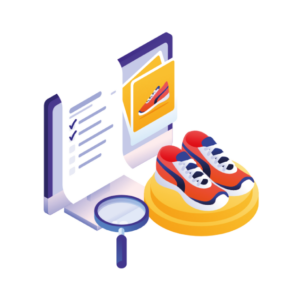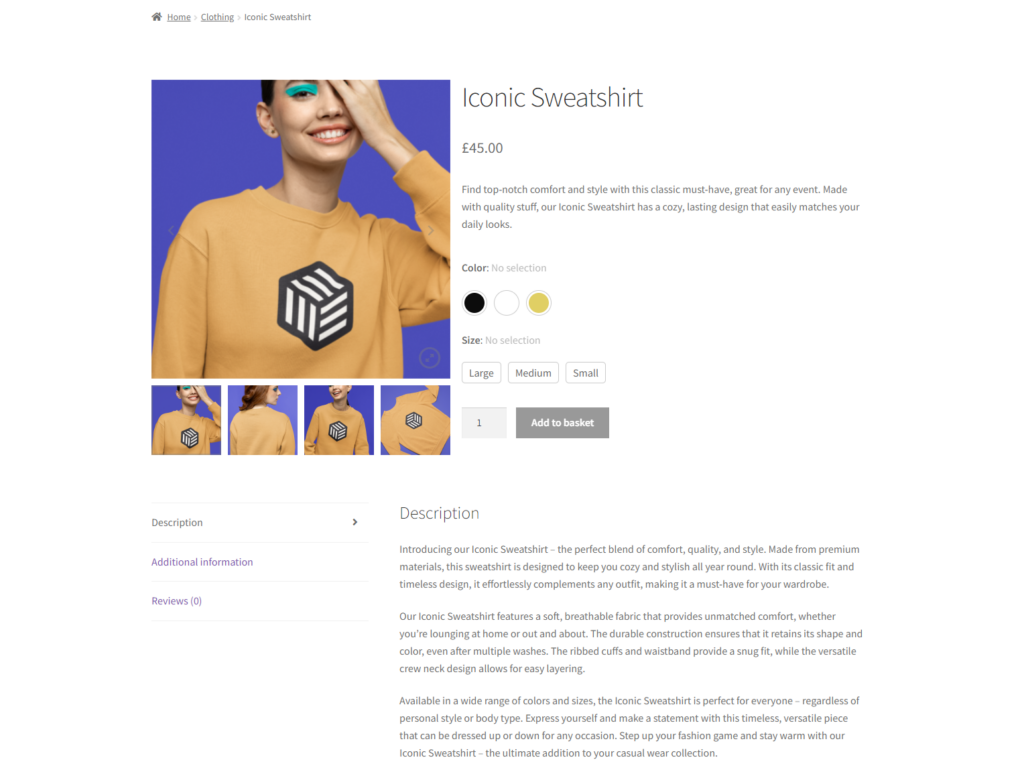Crafting a product launch checklist is pivotal for any brand aiming to make a splash in the market.
It’s not just about showcasing your product. It’s about curating a journey for your customers, ensuring every touchpoint is meticulously planned and executed.
With the right checklist, you can guarantee that no stone is left unturned, setting your product up for success.
👋 In this guide, we’ll dive deep into the elements of an effective product launch checklist. Whether you’re a seasoned entrepreneur or embarking on your first ecommerce venture, this guide is tailored to provide insights and strategies for a flawless launch.
Here’s what the product launch plan checklist will cover:
- Preparing your product for launch.
- Optimizing your website for your new product launch.
- Putting together marketing plan and product marketing.
- Post-launch tasks for long-term success.
Let’s begin by delving into the foundational steps of preparing your product, the heart of any successful launch.

Your product launch checklist
The following sections will walk you through each stage of the product launch process with a type of product roadmap. Each section comes equipped with bullet-point lists of tasks you can complete to ensure a successful go-to-market strategy.
Starting with preparing the product itself.

Stage 1: Preparing your product for launch (pre-launch)
Launching a product successfully requires planning and execution, starting with the product itself.
Here’s a breakdown of the initial steps you should take to ensure your product is ready for the market:
Product positioning
In a saturated market, positioning your product distinctively is more crucial than ever. It’s not just about creating a product. It’s about crafting a narrative, defining its space, and ensuring it resonates with the intended audience.
Here’s a deep dive into the strategic layers of effective product positioning:
Early stages of product development
- Foundation: Before diving into design or features, it’s essential to understand the core problem your product aims to solve. What need does it address? For example, is it designed to provide enhanced comfort or a fashion-forward item for daily use?
- Market fit: Consider where your product stands in the existing market landscape. Are there competitors with similar offerings? What unique value or feature does your product introduce?
Set your target audience
- Identification: Determine the specific demographic or group your product is tailored for. Is it for professionals, daily users, or a niche group?
- Understanding needs: Delve into your target audience’s specific needs and desires. For example, some prioritize durability, while others are drawn to aesthetic appeal.
- Preferences and pain points: Understand your audience’s preferences and potential pain points. Maybe they’re looking for products that are eco-friendly or those that offer extended warranties.

Do some market research
- Trends: Stay updated with the latest industry trends. Are consumers leaning towards sustainable options, tech-integrated features, or retro designs?
- Competitor analysis: Examine your competitors closely. What are they emphasizing? Identify their strengths and potential areas of improvement.
- Spotting gaps: Recognize opportunities or gaps in the market. This could relate to design, materials used, or a unique selling proposition.
Put together your roadmap
- Journey outline: Map out the development journey of your product. Start with a foundational design, then iterate based on feedback and market demand.
- Milestones: Establish clear milestones for your product’s evolution. For instance, you might aim to introduce an upgraded version, new features, or a collaboration by a certain date.
Create buyer personas
- Detailed profiles: Construct detailed, fictional profiles of your ideal customers. For example, ‘Jordan, a 28-year-old urbanite seeking a product that balances style and practicality.’
- Tailored strategies: By understanding these personas, you can customize your product and marketing strategies to resonate with them.
Write your positioning statement
- Unique value proposition (UVP): Pinpoint what sets your product apart. Is it a blend of modern design and traditional functionality suitable for work and leisure?
- Crafting the statement: Based on your UVP, formulate a concise statement. For instance, ‘Our product masterfully combines contemporary aesthetics with timeless utility, ensuring you’re equipped for any scenario.’
With product positioning done, we can move on to the next pre-launch stage of our product launch checklist – product development and testing.

Product development and testing
The journey from a product’s conception to its final version is meticulous, filled with trials, tests, and tweaks. Ensuring that your product not only meets but exceeds expectations is paramount.
In this phase, ideas are transformed into tangible, market-ready offerings. Let’s delve into the critical steps involved in the product development and testing phase:
Do quality assurance
Your product must meet and surpasses industry standards. Testing it ensures its functionality, durability, and overall performance.
For instance, if it’s a kitchen appliance, does it perform its function efficiently? Is it safe to use over extended periods?
Test the product
No product is perfect in its first iteration. Identifying glitches, bugs, or any other defects is crucial. A product that malfunctions or doesn’t deliver on its promise can significantly tarnish your brand’s reputation.
For example, does it wobble if it’s a piece of furniture? Are there any manufacturing flaws?
Get potential customer feedback
Select a varied group of potential prospective customers that align with your target audience or market. Their diverse backgrounds and preferences will provide a comprehensive view of how your product fares in real-world scenarios.
This group’s feedback is invaluable, offering insights into usability, appeal, and even pricing. For instance, if it’s a new coffee blend, how does it taste to casual coffee drinkers and aficionados?
Make changes to the final product
Feedback is the cornerstone of improvement. Based on the insights gathered, adjustments should be made to the product.
This could mean enhancing certain product features, streamlining the user experience, or sometimes revisiting the foundational design.
For example, is the interface intuitive if it’s a new tech gadget? Are there features that users find redundant or missing?
Now we’ve prepped your product for launch. It’s time to get your website ready too. When it comes to product release, this stage can make or break your new product’s success. So let’s walk through it.
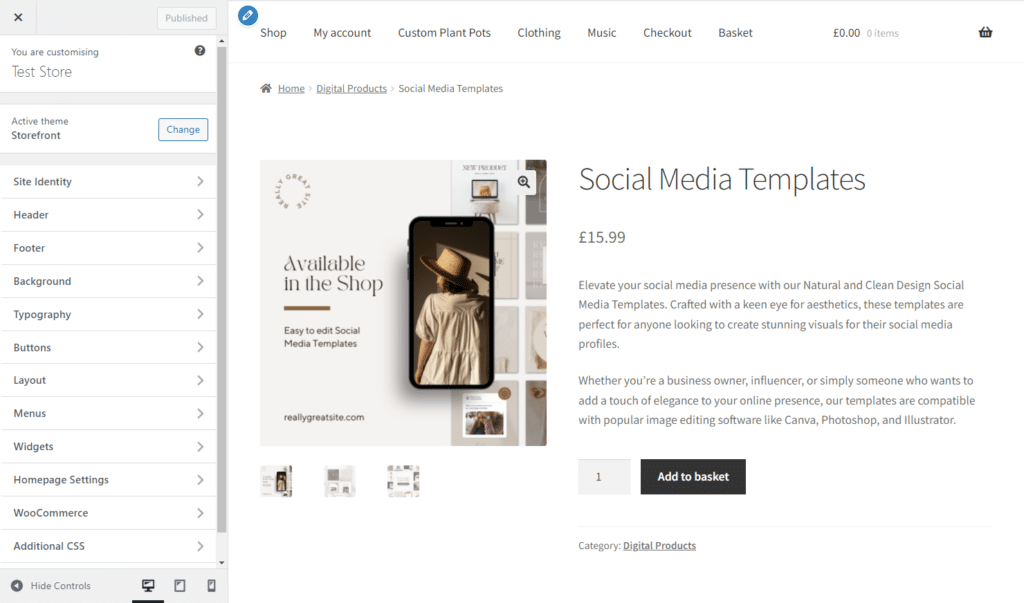
Stage 2: Preparing your website for launch (pre-launch)
Your website is often the first impression customers have of your product. Ensuring it’s optimized, user-friendly, and primed for your product launch is essential.
It’s not just about having a website. It’s about creating an online space that tells your product’s story, engages visitors, and facilitates a smooth purchase journey.
Here’s a comprehensive breakdown of the steps to prepare your website for the big launch day:
Check/improve your website and product pages
Firstly, let’s check your product or landing pages to make sure they’re ready for the launch date.
Check your product page is user-friendly
Begin with an intuitive design that’s easy to navigate. Ensure visitors can effortlessly browse and interact with your site, whether on a desktop, tablet, or mobile device.
Write a winning product description
Write a product description that not only lists features but also communicates the benefits and value of the product to the potential buyer.
Use messaging that resonates with your target audience and clearly shows how the product can enhance their lives or solve problems.
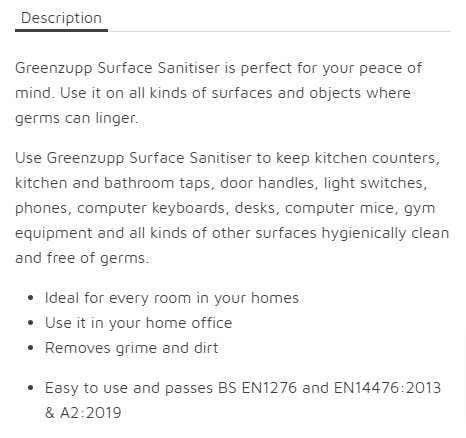
Include high-quality product images and video
Use clear, high-resolution images and videos that showcase your product in the best light. This visual content should complement the product description and provide potential buyers with a comprehensive understanding of the product.
Improve this with WooThumbs: WooThumbs for WooCommerce takes your product imagery up a notch. This WordPress plugin allows you to display your product from multiple angles, provide zoomable details, and even integrate videos.
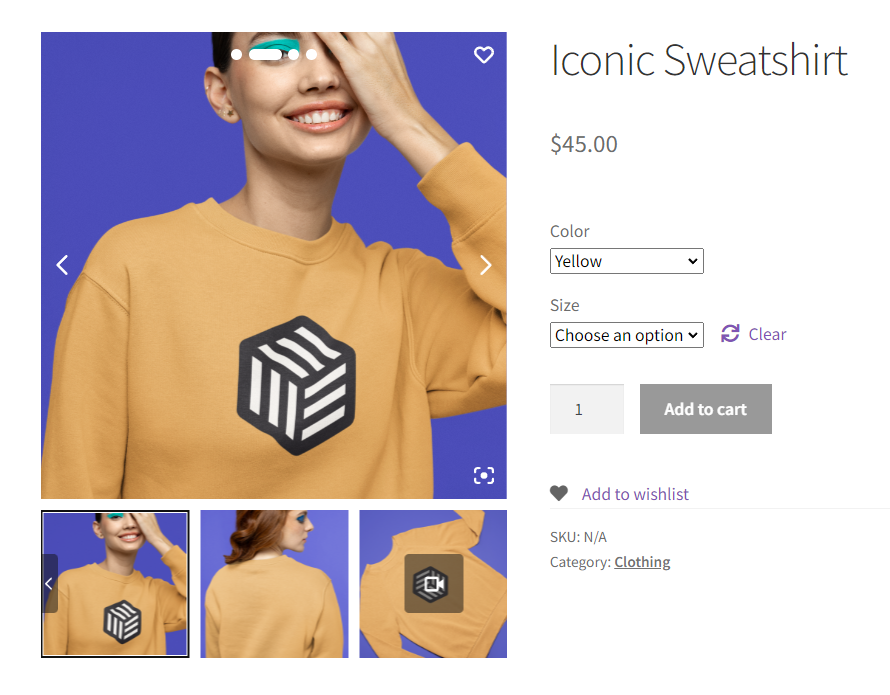
By offering a more detailed visual experience, you’re giving visitors a virtual touch-and-feel of the product, instilling greater confidence in their purchase decision.
WooThumbs for WooCommerce
Enable zoom, sliders, video, fullscreen, multiple images per variation, and customisable layout options for your product imagery.
Include a FAQ section
Include a section on your product page that answers frequently asked questions. This provides valuable information to potential buyers and reduces the need for them to reach out for answers, streamlining their purchase journey. Address topics like product usage, care instructions, warranty, and shipping details.
With these elements in place, your website and product pages will be well-equipped to engage visitors, answer their questions, and guide them toward making a purchase.
Use social proof to aid sales
Social proof, in the form of reviews and testimonials, plays a pivotal role in building credibility and trust with potential customers. It’s a testament to the quality and value of your product from those who’ve experienced it firsthand.
Set up reviews and testimonials
Genuine feedback from customers can significantly influence the purchasing decisions of potential buyers. You provide reassurance and build trust by showcasing authentic reviews and testimonials, making visitors more likely to convert.
At this stage (pre-launch), use testimonials and reviews from early adopters to add to your product landing page. Once your product is in full swing, you’ll have new reviews to add regularly.
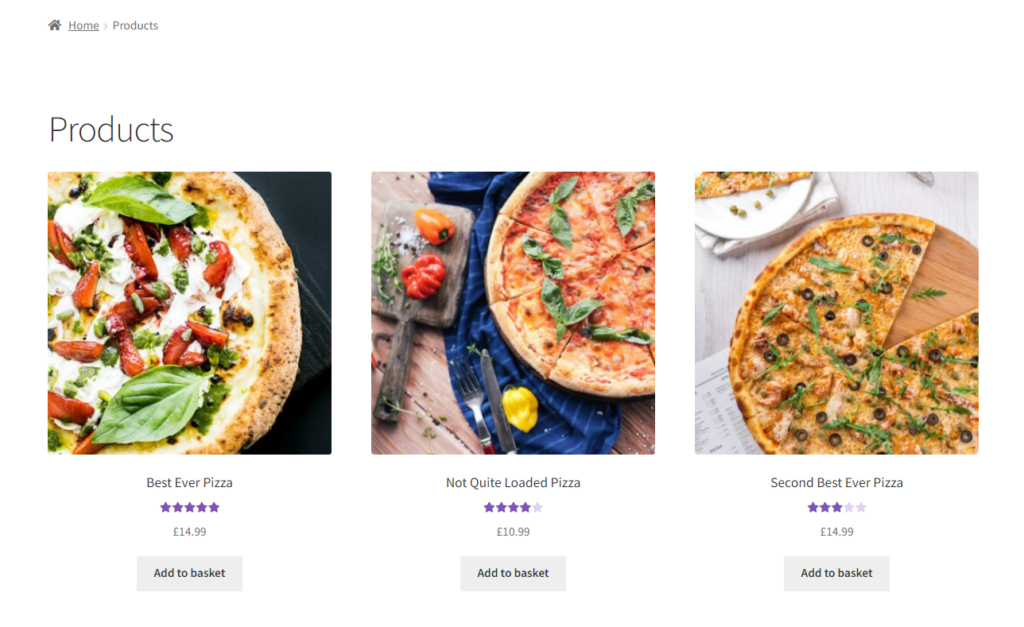
Boost product visibility with Sales Booster
Unlock the power of strategic cross-promotion with the Sales Booster for WooCommerce plugin. Designed to integrate with your WooCommerce store seamlessly, Sales Booster ensures your product doesn’t get lost in the crowd.
By showcasing your product on related product pages, Sales Booster highlights your latest offerings and captures the attention of potential buyers at the peak of their interest.
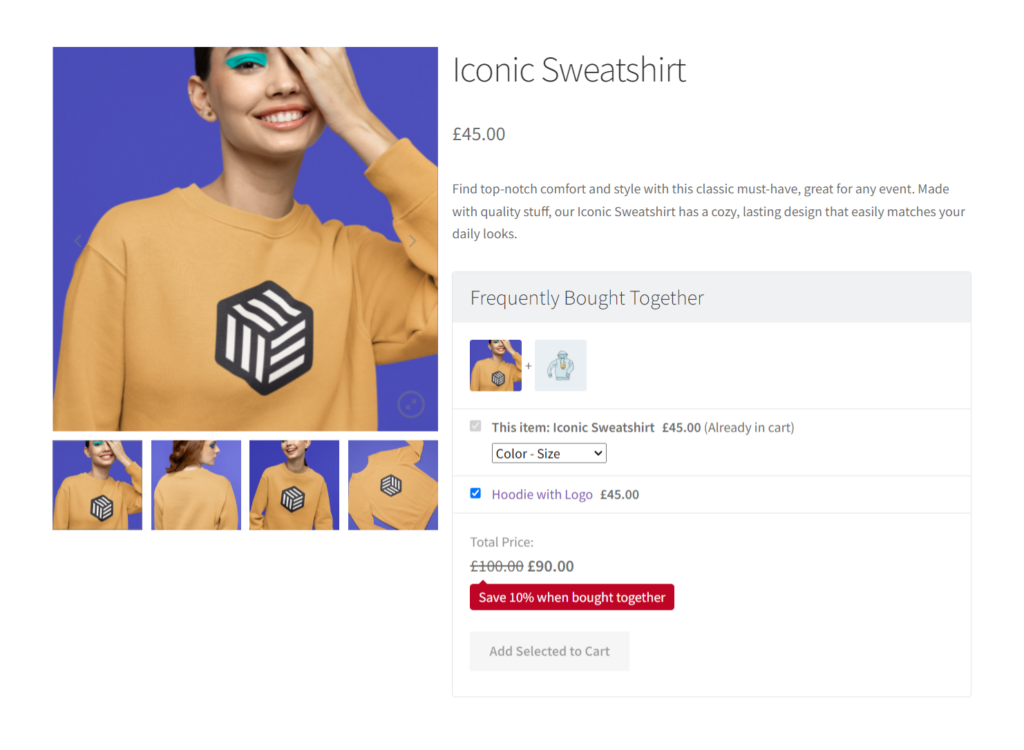
This targeted visibility can significantly increase the chances of conversions, leading to more sales and a broader audience for your product.
Iconic Sales Booster for WooCommerce
Use proven cross-selling techniques to increase the average order value of your store.
Check your website performance and speed
The speed of your website is a critical factor in retaining visitors and ensuring they have a positive experience. Slow-loading pages can frustrate users, leading them to abandon your site, which can result in lost sales opportunities.
To ensure your website is performing at its best:
- Test with tools: Use tools like Google PageSpeed Insights or GTmetrix to analyze your website’s speed. These tools provide actionable insights and recommendations for improvement.
- Compress images: Large image files can slow down your site. Use image compression tools or plugins to reduce file sizes without compromising quality.
- Use the right format: Formats like WebP offer better compression and quality than traditional formats like JPEG or PNG.
- Clean up CSS and JavaScript: Use minification tools to remove unnecessary characters from your code, making it leaner and faster to load.
- Implement browser caching: This allows visitors’ browsers to store copies of your site’s files, reducing the need to send requests every time they visit.
- Server-side caching: Tools like Varnish or caching plugins for WordPress can help store a version of your site on the server, speeding up visitor load times.
- Distribute content: A CDN stores copies of your site on servers worldwide, ensuring users receive data from the closest server, reducing load times.
Prepare for customer support
A well-prepared support system addresses customer queries and enhances their overall experience, building loyalty and trust.

Support and FAQs
Equip your website with dedicated sections like chat support, contact forms, and a comprehensive FAQ section. These tools ensure that customers can easily find answers to their questions, enhancing their overall experience.
Prep customer support
Empower your support and sales teams with the necessary information about your product. This ensures they can promptly and accurately address customer queries, whether they come through social media, support chat, or other channels.
Feedback mechanism
Feedback is a goldmine of insights. Encourage your visitors to share their experiences, thoughts, and suggestions. This invaluable information can guide improvements, ensuring your website and product continually evolve to meet customer needs.
Now we have your product pages ready, let’s move on to perhaps the next important section of your website – the checkout.
Ensure a smooth checkout experience
One of the most critical stages in the online shopping experience is the checkout process. It’s the final step in a customer’s journey, where they transition from a browser to a buyer.
Any friction or complications at this stage can deter a potential sale, making it imperative to ensure this process is as seamless as possible.

Understanding the customer’s checkout journey
Customers expect a smooth transition from the product page to the payment confirmation when they decide to purchase. They’re seeking clarity in pricing, shipping options, and payment methods. Any unexpected fees, confusing steps, or technical glitches can lead to cart abandonment.
The checkout process should affirm the customer’s purchase decision, not challenge it.

The role of Flux in streamlining checkouts
Enter Flux Checkout for WooCommerce, a solution designed to address these very challenges.
Here’s how Flux transforms the checkout experience:
- Simplified process: Flux reduces the traditional one-page checkout to a streamlined multi-step checkout. This means customers can enter their information, select shipping options, and finalize their payment with ease.
- Distraction-free design: By focusing solely on the essentials, Flux eliminates potential distractions, ensuring customers remain focused on completing their purchase.
- Responsive design: With more customers shopping on mobile devices, Flux ensures the checkout process is optimized for screens of all sizes, ensuring a consistent experience across devices.
- Reduced cart abandonment: By simplifying and speeding up the checkout process, Flux minimizes the chances of customers getting frustrated or second-guessing their purchase, leading to higher conversion rates.

In the competitive ecommerce world, even minor checkout process improvements can lead to significant increases in sales.
By implementing solutions like Flux Checkout, you’re not just optimizing a single step in the shopping journey. You enhance the overall customer experience, build trust, and encourage repeat business.
Flux Checkout for WooCommerce
Prevent abandoned carts with a slick multi-step checkout experience, designed for your customer’s device.
With these steps and the power of these WooCommerce plugins, your WordPress website will be more than just ready for the product launch. It will be optimized for success, ensuring visitors have a top-notch experience from browsing to buying.
The next phase in our product launch checklist? Delving into marketing strategies to maximize your product’s reach and impact.
Stage 3: Marketing campaigns and promotional content (pre-launch)
As you approach the launch of your product, the spotlight shifts to marketing and promotional efforts. This stage is all about creating buzz, building anticipation, and ensuring your target audience is well-informed and excited about what’s coming.
Let’s delve into the key components of a successful pre-launch marketing campaign.
Planning content marketing
Before diving into specific promotional tactics, it’s essential to establish a compelling narrative around your product. This story will serve as the foundation for all your promotional content.
- Blog posts: Dive deep into your product’s features, benefits, and unique selling points. Through well-researched and engaging articles, you can educate your audience about your product’s value.
- Videos: Visual content, especially videos, can be incredibly impactful. Consider product demonstrations, behind-the-scenes looks, or even customer testimonials to provide a dynamic perspective of your product.
- Webinars and tutorials: Hosting webinars or creating tutorials can offer potential users a hands-on experience or a deeper understanding of your product. It’s an interactive way to address queries, showcase features, and highlight the product’s benefits.
- Email marketing: Your email subscribers represent a segment of your audience that has already shown interest in your brand. They’re prime candidates for early product adoption.
- Design a series of emails leading up to the launch. Start with teasers, delve into in-depth looks, and culminate with the official launch announcement.
- Social media: Social media platforms offer a dynamic way to engage with your audience in real time. Share glimpses of your product, behind-the-scenes clips, or even short testimonials to create a sense of urgency and excitement.
- Press releases: A well-timed press release can generate significant media coverage, further amplifying your product’s visibility. Craft a compelling press release and distribute it to relevant media outlets, bloggers, and industry publications.

Build your marketing launch strategy
A successful product launch hinges on a marketing strategy that resonates with both the product’s essence and the intended audience.
Here’s a breakdown of potential strategies for various products:
- Tech gadgets: Launching a cutting-edge tech gadget, such as a wearable fitness tracker? Webinars can be a great way to showcase its innovative features. Pair this with in-depth tutorials and thorough documentation to assist users in maximizing the device’s potential.
- Fashion line for teens: If you’re unveiling a trendy fashion line aimed at teenagers, lean into social media. Use captivating visuals to tease the collection and partner with influencers who resonate with this demographic to spotlight your products.
- Eco-friendly home products: For products like biodegradable kitchenware or sustainable home decor, content marketing can be effective. Craft blog posts that highlight the product and educate on the importance of sustainable living. Collaborate with eco-bloggers or green influencers for reviews and features.
- Board games or toys: Launching a new board game or children’s toy? Consider creating engaging video content, perhaps an animated teaser or a fun unboxing video. Partnering with family influencers or hosting community game nights can also generate buzz.
By understanding your product’s core appeal and the preferences of your target demographic, you can tailor your marketing efforts for maximum impact. Ensuring a memorable and successful product launch.
So now we’ve prepped our launch, and our product is out there. What’s next in the product launch checklist? Let’s look at a few things we can do post-launch.
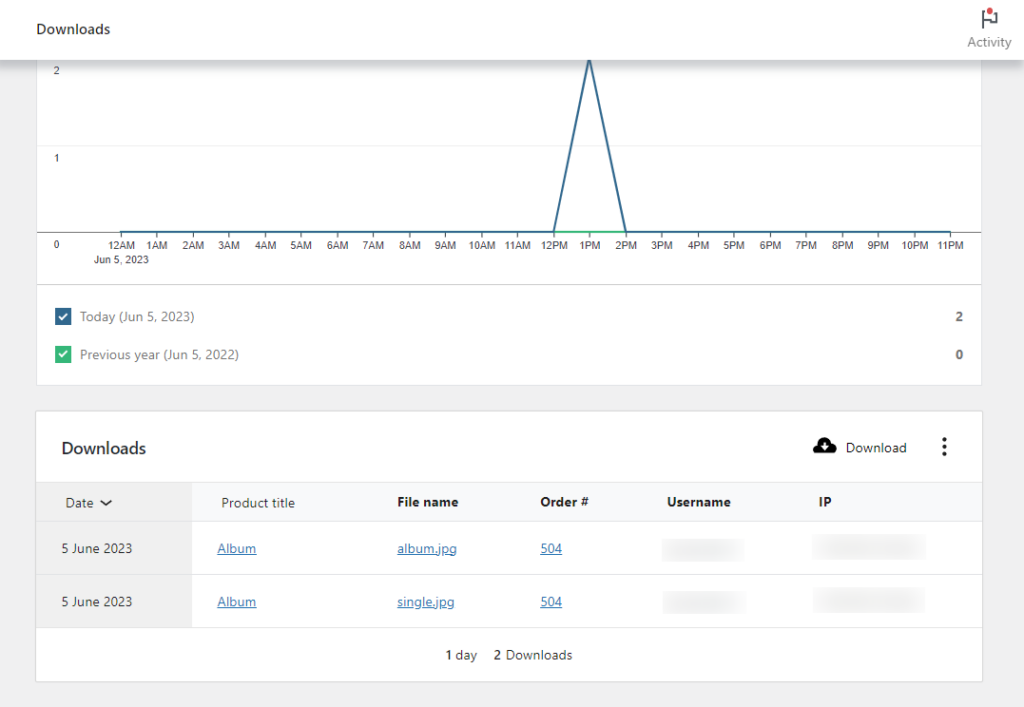
Stage 4: Post-launch tasks
We’ll talk about this section briefly because it deserves a whole post on its own. But once your product has been launched, there are a few things we can do to ensure its long-term success.

Review marketing key performance indicators (KPIs)
After the launch, it’s essential to revisit the marketing strategies you employed and evaluate their effectiveness.
By analyzing key performance indicators, you can gauge which tactics worked best and which areas need improvement.
- Engagement metrics: Look at metrics like click-through rates, time spent on your product page, and social media engagement. These can provide insights into how captivating your marketing content was.
- Conversion rates: How many of the visitors to your product page or site actually made a purchase? This can help you understand the effectiveness of your call-to-action and the overall user experience.
- Customer acquisition cost (CAC): By determining how much it costs to acquire each customer through your marketing efforts, you can assess the return on investment and refine your strategies accordingly.
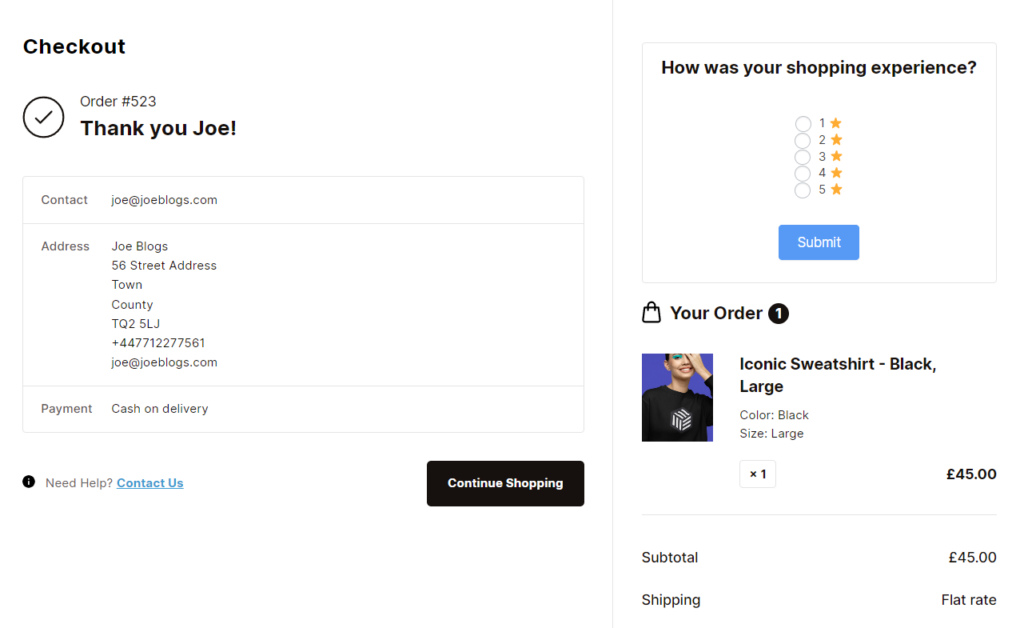
Check in with customer success and product teams
Post-launch, gathering feedback from customers and internal teams who are on the front lines, interacting with users, and understanding their experiences is crucial.
- Launch feedback: Meet with the product team and marketing team members to discuss how the launch went. Were there any unexpected challenges? What went exceptionally well?
- Customer usage patterns: The customer success team can provide insights into how customers are using the product. Are they utilizing all its features? Are there common questions or areas of confusion? Can you address these with future releases?
- Room for improvement: Based on feedback from both teams, identify areas where the product can be enhanced. This could be in terms of additional features, usability improvements, or even addressing minor bugs that might have been overlooked.
By proactively addressing these post-launch tasks, you’re ensuring the product’s current success and laying the groundwork for its future growth and evolution.
Tick items off your product launch checklist today
The journey of launching a product is intricate, filled with numerous steps that demand meticulous attention. Each stage of the product launch checklist, from product positioning to post-launch tasks, plays a pivotal role in determining the success of your product in the market.
By being thorough in your preparations, you ensure a smooth launch and lay the foundation for sustained success and growth.
In this guide, we’ve spotlighted three invaluable WooCommerce plugins: WooThumbs, Sales Booster, and Flux Checkout.
- WooThumbs offers more than just image display; it provides a detailed and immersive visual representation of your product, allowing potential customers to understand what they’re about to purchase clearly.
- Sales Booster, on the other hand, effectively increases product visibility. By smartly presenting your product on related product pages, it draws the attention of potential buyers to your newest items at the right moments.
- Meanwhile, Flux Checkout streamlines the purchasing process. It simplifies the checkout journey, reducing potential drop-offs and ensuring customers can finalize their purchases with ease and confidence.
For those looking to harness the power of all three plugins while enjoying a cost-saving, check out the WooCommerce Conversions Bundle. This bundle offers all three plugins at a discounted price, ensuring you get the best tools for your WooCommerce store.
WooCommerce Conversions Bundle
Increase your WooCommerce store’s conversion rate and watch your revenue skyrocket. Includes Sales Booster, Flux Checkout, and WooThumbs.
As you navigate your product launch checklist, remember to value each step’s significance. Approach every phase with careful planning and thorough execution.
